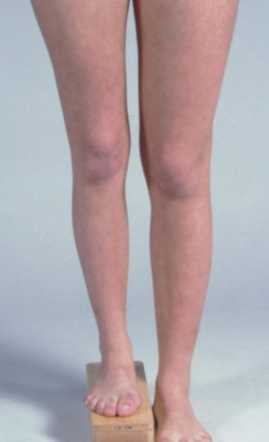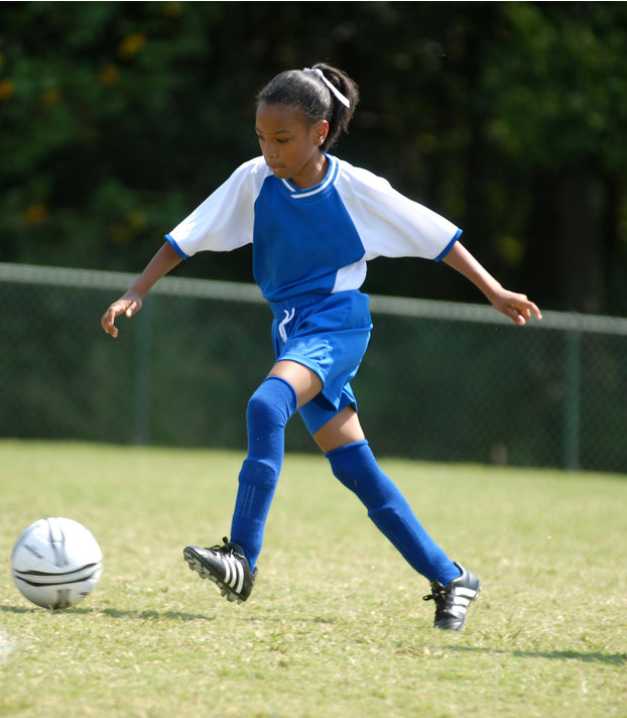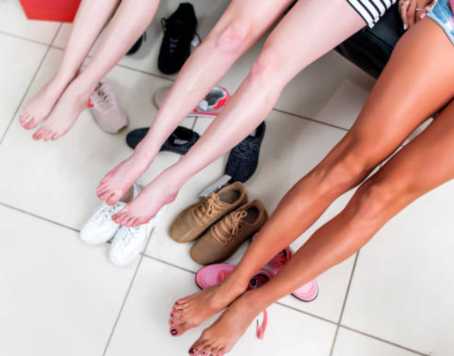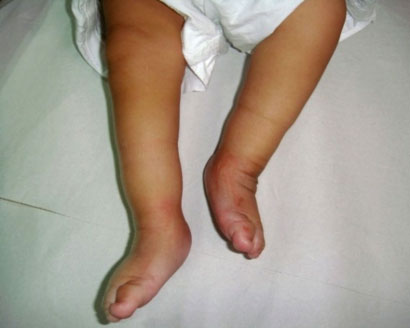Do you require any assistance? Simply reserve your appointment online below
Limb length discrepancy (LLD)
Enhancing Quality life
(LLD) Limb length discrepancy is a difference between the lengths of the arms or legs. Except in extreme cases, differences in arm length do not usually impact how the arms function and do not require treatment.
A discrepancy in leg length will usually become obvious to parents as they watch their child grow and begin to crawl and walk. Some children are born with legs of different lengths. In other cases, illness or injury causes a discrepancy in length to develop over time. While a slight difference in leg length may not cause symptoms, a significant difference can cause a noticeable limp and make it difficult for a child to run and play.
Treatment for LLD depends upon the severity. In many cases, a minor difference in leg length can be evened out by wearing a shoe lift . A child with a more significant difference, however, may benefit from surgery to make his or her legs the same length.

Causes of Limb Length Discrepancy (LLD)

Previous Injury to a Bone in the Leg. A broken leg bone can lead to a limb length discrepancy if it heals in a shortened position. This is more likely to happen if the bone was broken into many pieces and if the skin and muscle tissue around the bone were severely injured and exposed.In a child, a broken bone sometimes grows faster for several years after healing, causing it to become longer than the bone on the opposite side.
Alternatively, a break in a child’s bone through the growth plate near the end of the bone may cause slower growth, resulting in a shorter leg.
Bone Infection. Bone infections that occur during infancy or in growing children may cause a significant limb length discrepancy.
Bone Diseases (Dysplasias). Certain bone diseases may cause limb length discrepancy, including: Neurofibromatosis ,Multiple hereditary exostoses and Ollier disease
Other Causes of Limb Length Discrepancy
Conditions that cause inflammation of the joints during growth, such as juvenile arthritis
In some cases, the cause of limb length discrepancy is unknown. This is particularly true in cases involving underdevelopment of the inner or outer side of the leg, or partial overgrowth of one side of the body.
These conditions are usually present at birth, but the limb length difference may be too small to be detected early on.


As the child grows, however, the discrepancy increases and becomes more noticeable.
In underdevelopment, one of the two bones between the knee and the ankle is abnormally short. The child may also have related foot or knee problems.
Hemihypertrophy (one side too big) and hemiatrophy (one side too small) are rare conditions that cause limb length discrepancy. In patients with these conditions, the arm and leg on one side of the body are either longer or shorter than the arm and leg on the opposite side.
There may also be a difference between the two sides of the face. In some cases, the exact cause of these conditions cannot be determined.
Limb Lengthening Clinic in Kenya
The service at the limb reconstruction / lengthening clinic at NSOC encompasses multiple reconstructive orthopaedic techniques. Including, limb lengthening and deformity correction with internal fixation such as nailing.
We are able to provide an entire range of procedures from straight forward day case operations to more complex surgery requiring an inpatient stay
We advise on, and treat, all limb deformities including leg length discrepancies, upper and lower limb deformities and severely restricted growth. Some patients will require further preoperative investigations such as additional scans or blood tests and this will also be undertaken when you come to the hospital.
Symptoms of limb length discrepancy(LLD)
The effects of limb length discrepancy vary from patient to patient, depending on the cause and size of the difference.
Patients who have differences of 3-1/2 to 4 percent of total leg length (about 4 cm or 1-2/3 inches in an average adult) may limp or have other difficulties when walking.
Some studies show that patients with limb length discrepancies are more likely to experience low back pain and are more susceptible to injury. Other studies do not support this finding, however.

Treatment of limb length discrepancy(LLD)

For patients with minor limb length discrepancies and no deformity, treatment is usually non surgical in nature. Because the risks of surgical treatment to equalize small differences in leg length is not usually recommended.
Observation. Your doctor may recommend simple observation until growing is complete. During this time, your child will be reevaluated at regular intervals to determine whether the discrepancy is increasing or remaining the same.
Wearing a shoe lift. A lift fitted to the inside or outside of the shoe can often improve a patient’s ability to walk and run. A shoe lift may also relieve back pain caused by a smaller limb length discrepancy.
Epiphysiodesis. In children who are still growing, epiphysiodesis can be used to slow down or stop growth at one or two growth plates in the longer leg. It is a relatively simple surgical procedure that can be performed in one of two ways:
- The growth plate may be destroyed by drilling or scraping it to stop further growth.
- Metal staples, or a metal plate with screws, may be placed around the sides of the growth plate to slow or stop growth.
The procedure is performed through very small incisions in the knee area, using x-rays for guidance.The goal is to reach equal leg length by the time growth normally ends

You are in Great Hands
surgical treatment of limb length discrepancy(LLD)

Limb Shortening.
For patients who have finished growing,the longer limb can sometimes be shortened to even out the leg lengths.
To do this, the doctor removes a section of bone from the middle of the longer limb, then inserts metal plates and screws or a rod to hold the bone in place while it heals.
Because a major shortening may weaken the muscles of the leg, limb shortening cannot be used for significant limb length discrepancies.
Limb Lengthening.
Because of their complexity, limb lengthening procedures are usually reserved for patients with significant discrepancies in length.
Lengthening can be performed either externally or internally.
A doctor experienced in limb lengthening techniques will talk with you about your treatment options and explain the risks and benefits of both internal and external limb-lengthening.
Together, you and your doctor will decide which procedure, if any, is best for your child.

Internal and external limb lengthening

External lengthening. In this procedure, the doctor cuts the bone in the shorter leg into two segments, then surgically applies an “external fixator” to the leg. The external fixator is a scaffold-like frame that is connected to the bone with wires, pins, or both. The patient or a family member turns the dial on the fixator several times each day.
When the bones are gradually pulled apart , new bone will grow in the space created. Muscles, skin and other soft tissues will adapt as the limb slowly lengthens. Lengthening may be slower in a bone that was previously injured. It may also be slower if the leg was operated on before. Bones in patients with potential blood vessel abnormalities, such as cigarette smokers, may also need to be lengthened more slowly.
The external fixator is worn until the bone is strong enough to support the patient safely.
Internal lengthening. In this procedure, the doctor cuts the bone in the shorter leg, then surgically implants an expandable metal rod in the bone. The rod is completely internal and lengthens gradually in response to the normal movements of the patient’s limb.
As the rod lengthens, the bones are gradually pulled apart and new bone grows in the space created. The rod provides stability and alignment to the bone as it lengthens.Because no external fixator is used in internal lengthening, there is less risk of infection.
Internal lengthening avoids the physical and psychological challenges that come with wearing an external fixator.
You can feel should rest assured that your care at the limb reconstruction / lengthening clinic in Kenya at NSOC will be provided by some of the world’s most qualified and experienced surgeons

